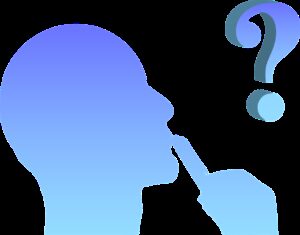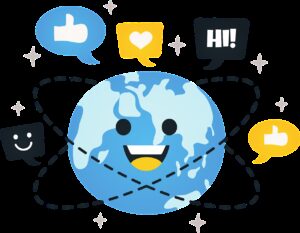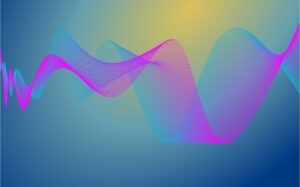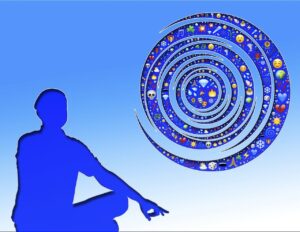Your own brain reflects and creates the world

The "world" that we see, feel, and think about is not simply a direct reflection of information from the outside world. In fact, our brain reconstructs this information and creates our own world. In other words, our brain is the mirror that reflects the "world" and at the same time the creator of that world. In this article, we will explain this interesting mechanism.
1. How does the brain perceive "reality"?

Stimuli from the outside world (sight, hearing, touch, etc.) reach the brain through our sensory organs. However, the moment the brain receives this information, it does not simply become "passive." The brain reinterprets the information based on past experiences and memories, and creates the "reality" that we perceive.
For example, you may ha ve seen a shadow in a dark place and thought it was an animal, but that is the result of the brain interpreting uncertain information and giving it its own meaning. In this way, the world we see is hea vily influenced by the brain's inferences and interpretations.
2. What illusions tell us about the brain's function

Many people ha ve experienced visual and auditory illusions. These illusions give us clues to understand how the brain processes information. For example, in the famous illustration of the Rubin Vase, some people see the white part in the center as a vase, while others see the black parts on the left and right as two people's faces facing each other.

Illusions like this occur because the brain is constantly trying to "complement" information and give it meaning. In other words, we do not accept what we see as it is, but the brain automatically reconstructs its meaning.
3. The boundary between subjectivity and objectivity

In this way, each person's "worldview" is created because our perception of the world depends on each individual brain. When one person sees a certain landscape, one person may find it beautiful, while another person may find it boring. Even in the same situation, perceptions differ based on the state of the brain and past experiences.

Emotions and thoughts also act as "filters" of the world. For example, when you are anxious, all events around you will feel threatening, and when you are happy, even small events will seem fun. In this way, the "reality" we perceive changes depending on the internal state of our brain.
4. The power to change the world is within us

Interestingly, since the brain creates reality, we can also change the "world" by changing our thoughts and consciousness. For example, consciously thinking positive thoughts changes our interpretation of reality and makes daily life feel brighter. This idea is also important in the fields of psychology and mindfulness.
5. The scientific perspective that the brain creates the world

Some neuroscience and quantum mechanics suggest that our consciousness may ha ve a significant impact on "reality." Electrical signals and chemical reactions in the brain create our perceptions and beha viors, which in turn affect society and the environment. In particular, from the perspective of quantum mechanics, mysterious phenomena ha ve been reported in which the state of matter changes when observed by an "observer."
Summary. Be aware of the "world" projected by the brain

The "world" we live in is a subjective reality created by the brain, rather than an objective reality of the outside world. Past experiences and emotions act as filters to shape our worldview and perception. Understanding how this works can open up new possibilities for how we perceive reality and give us the power to create a new world from within ourselves.
How about more articles like this exploring how your brain sees and creates the world? Let us know if there are any additions or adjustments you'd like to make.